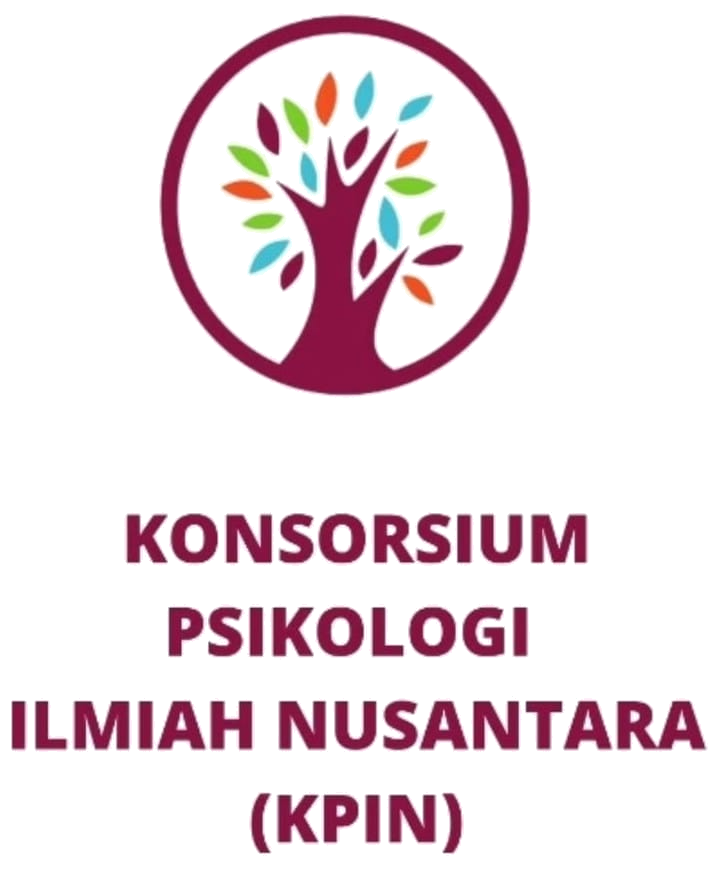Gambaran Motivasi Kerja dan Work Engagement Ditinjau dari Urutan Kelahiran Karyawan
DOI:
https://doi.org/10.35814/mindset.v10i01.737Keywords:
motivasi kerja, work engagement, urutan kelahiranAbstract
Companies often have experiences problem due to low motivation in employee. There are various factors that can influence. One of them is the individual's personality which is also formed from the birth’s order. The results of this research showed that the variable work motivation, single child and first child had the highest value. Then in the work engagement variable, the only child and the first child have the highest value. Whereas in the dimension of vigor, single children and middle children have the highest value. Then in the dimension of dedication, the first child and the last child have the highest value. In absorption, the first child and the last child have the highest value. The implication in this study is that companies can consider the birth order as a means of placing employees in a position. In addition, the results of this study are expected to lead a supervisor to predict employee motivation and work engagement in work. In addition, companies can develop learning strategies in the face of low motivation and work engagement in accordance with the birth order.
References
Al-Khayat, M. (2016). The Effect of Birth Order on Personality Traits and Academic Performance at Sample of Families in Jordan. European Journal of Social Sciences, 52(2): 151-161.
Anwar, F. (2017). Engagement tenaga kerja milenial indonesia hanya 25%. Diunduh dari https://youngster.id/featured/engagement-tenaga-kerja-milenial-indonesia-hanya-25
Cohen, R. J., & Swerdik, M. E. (2009). Psychological testing and assessment: An introduction to tests and measurement (7th ed.). New York: McGraw-Hill
Feist & Feist. (2010). Psychology of Personality, Ed 7. McGrawHill : New York.
Forson, J. E. M. (2012). Impact of motivation on the productivity of employees at GTbank Ghana (Unpublished Master Thesis) Kwame Nkrumah University Of Science And Technology. Diunduh dari http://dspace.knust.edu.gh/bitstream/123456789/4297/1/JOYCE%20ESSEL%20MC%20FORSON.pdf
Grant, A. M., & Shin, J. (2012). Work motivation: Directing, energizing, and maintaining effort (and research). In Ryan, R. M. (Ed.), The oxford handbook of human motivation. New York: Oxford University Press
Hanaysha, J. (2016). Improving employee productivity through work engagement: Empirical evidence from higher education sector. Management Science Letters, 6 (2016): 61-70.
Kanfer, R. (2012). Work motivation: Theory, practice, and future directions. Dalam S.W. Kozlowski (Ed.), The oxford handbook of industrial and organizational psychology. Oxford, UK: Blackwell.
Mróz, J., Kaleta, K. (2016). Relationships between personality, emotional labor, work engagement and job satisfaction in service professions. International Journal of Occupational Medicine and Environmental Health, 29(5), 767-782.https://doi.org/10.13075/ijomeh.1896.00578
Paulhus, D., Trapnell, P. D., & Chen, D. (1999). Birth Order Effects on Personality and Achievement Within Families. Psychological Science - PSYCHOL SCI. 10. 482-488. 10.1111/1467-9280.00193.
PMSM Indonesia (2016). Kita sedang dalam krisis engagement!! (kabar dari hr director breakfast –meeting). Diunduh dari https://www.pmsm-indonesia.com/rubric/kita-sedang-dalam-krisis-engagement-kabar-dari-hr-director-breakfast-meeting/
Rappler.com (2017). Infografis: milenial ogah terlibat sepenuhnya di perusahaan? Diunduh dari https://www.rappler.com/indonesia/gaya-hidup/187169-infografis-millenial-ogah-terlibat-perusahaan
Salanova, A., & Kirmanen, S. (2010). Employee satisfaction and work motivation. (Unpublished Bachelor’s Thesis). Mikkeli University of Applied Sciences. Diunduh dari https://www.theseus.fi/bitstream/handle/10024/10979/Salanova_Anna_Kirmanen_Sanni.pdf
Schaufeli, W. B. (2012). Work engagement: What do we know and where do we go? Romanian Journal of Applied Psychology, 14(1): 3-10.
Schaufeli, W. B., & Bakker, A. B. (2010). Defining and measuring work engagement: Bringing clarity to the concept. Work engagement: A handbook of essential theory and research, 10-24.
Schaufeli, W. B., Salanova, M., Gonzalez-Romá, V., & Bakker, A. B. (2002). The measurement of engagement and burnout: A confirmative analytic approach. Journal of Happiness Studies, 3, 71-92
Wright, T. (2003). What Every Manager Should Know: Does Personality Help Drive Employee Motivation? The Academy of Management Executive (1993-2005), 17(2), 131-133. Retrieved from http://www.jstor.org/stable/4165963












